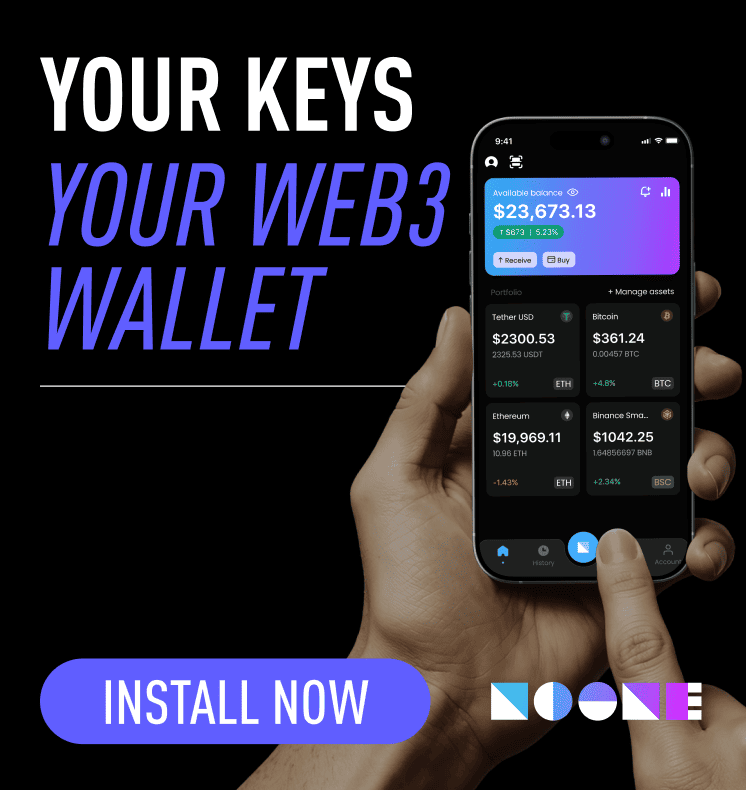Blockcard is a debit payment system and cryptocurrency debit card allowing users to utilize digital currencies much like traditional money. By bridging the gap between crypto and daily transactions, Blockcard enables purchases, bill payments, and cash withdrawals with cryptocurrencies acting as the funding source. Launched in collaboration with regulated banks, it primarily operates in the United States.
Introduction
Blockcard is designed to make digital currencies usable for everyday transactions. Instead of selling crypto and transferring funds to a bank, users can load supported cryptocurrencies onto a card and spend immediately. The card works wherever debit cards are accepted and provides a convenient solution for those wanting to spend crypto without conversion delays.
History of Blockcard
Blockcard was created by Ternio, a blockchain technology firm founded in 2017. Its goal was to address one of the major barriers to widespread crypto adoption: practical usability in daily life. Launched in the U.S. in 2019, Blockcard quickly gained traction as one of the few platforms offering multiple ways to fund daily transactions with cryptocurrencies.
The card has since evolved to support a wide range of digital assets, improved merchant network acceptance, and introduced both virtual and physical card options. Over time, Blockcard gained a reputation as a convenient solution for crypto enthusiasts, traders, and regular users alike.
Technology and Infrastructure
Blockcard’s system is built on blockchain-based custody and transaction tracking, complemented by licensed payment and banking partnerships.
-
Crypto Wallet Integration: Users can deposit supported cryptocurrencies into a Blockcard account, which are then converted into balances linked to the debit card.
-
Conversion Layer: Purchases are automatically processed in fiat currency while crypto funds are deducted from the user’s account, eliminating manual conversion.
-
Compliance and Security: Blockcard adheres to KYC and AML regulations. Security features include identity verification, two-factor authentication, and encrypted payment processing.
Supported Cryptocurrencies
Blockcard supports a variety of digital assets, accommodating different user portfolios. Popular choices include Bitcoin (BTC), Ethereum (ETH), and stablecoins like USDC. Both mainstream and emerging cryptocurrencies are supported, subject to regulatory approval.
Stablecoins are particularly useful as they provide a less volatile medium for spending. By preloading a Blockcard with stablecoins, users avoid the risk of market fluctuations affecting their ability to pay.
Features of Blockcard
Blockcard offers several features that make it a convenient option for crypto holders:
-
Physical and Virtual Cards: Users can choose a physical card for in-store or ATM payments or a virtual card for online transactions.
-
Worldwide Acceptance: Blockcard is usable at merchants globally that accept major debit cards.
-
Rewards Program: Some versions offer crypto-back rewards for regular card usage.
-
Bill Payments: Users can pay utility bills or subscriptions directly from their crypto balance.
These features position Blockcard as both a payment tool and a bridge between traditional and digital finance.
Using Blockcard is simple:
-
Sign Up: Create an account and complete identity verification.
-
Deposit Crypto: Add supported cryptocurrencies to the account wallet.
-
Activate Card: Once issued and activated, the card can be used at any merchant accepting debit cards.
-
Spend and Manage: Track balances and transactions via the Blockcard app or dashboard.
This process mirrors traditional banking while retaining the flexibility of cryptocurrency.
Role in the Crypto Community
Blockcard helps promote practical crypto adoption. While investment and trading dominate discussion, the card facilitates everyday crypto spending, supporting mainstream acceptance.
Merchants benefit by receiving payments in fiat currency without exposure to volatility. Users gain easy, accessible spending options, making Blockcard a solution for those seeking functional cryptocurrency use beyond investment.
Other Crypto Cards Comparison
Blockcard competes with cards like Coinbase Card, Crypto.com Card, and Binance Card:
-
Coinbase Card: Limited coin support but tightly integrated with Coinbase exchange.
-
Crypto.com Card: Offers tiered rewards, often requiring CRO staking.
-
Binance Card: Available to Binance users and limited to Binance-supported regions.
Blockcard distinguishes itself through multi-asset support and flexible financing without exchange-based restrictions or high staking requirements.
Challenges and Limitations
Despite benefits, Blockcard faces challenges:
-
Geographic Restrictions: Coverage may be limited compared to some competitors.
-
Volatility Risk: Spending volatile cryptocurrencies can cause balance fluctuations.
-
Regulatory Pressure: Services must adapt as crypto payment regulations evolve.
These issues reflect the ongoing balance between innovation and regulatory compliance in crypto finance.
Conclusion
Blockcard is a crypto debit card enabling everyday use of cryptocurrencies. Supported by Ternio and regulated partners, it provides both physical and virtual cards for seamless crypto spending. Combining blockchain technology with traditional payment infrastructure, Blockcard addresses usability challenges in daily life. Despite obstacles, it serves as a bridge between digital currencies and the broader economy.














 Twitter
Twitter
 Telegram
Telegram
